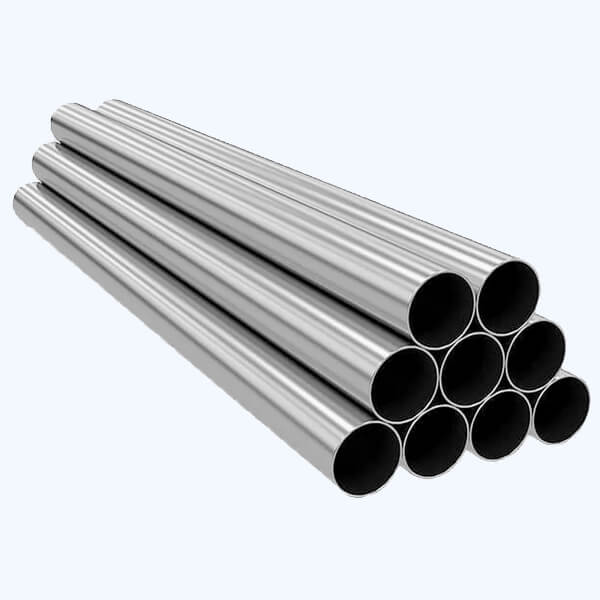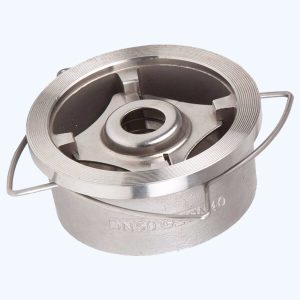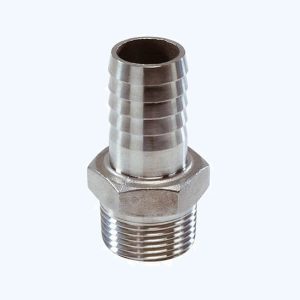Click Here To Place Your Order / To Request A Free Quotation!
Stainless Steel Dairy Pipes
Stainless steel pipes are common in the food and beverage industry for conveying food products, beverages, and dairy products. They are also used in breweries, wineries, and food processing plants due to their hygiene and corrosion resistance. The smooth, non-porous surface of stainless steel prevents bacterial growth, ensuring product purity and safety.
Key Features
- The food grade tubes are external and internally sanitary polished.
- Available in 304 and SS 316L.
- Available on 6m length
Description
Stainless steel pipes come in various grades, each tailored for specific applications and environments. Here are some of the most common grades and their unique properties:
Types 304 and 316: Type 304, known as “18/8” stainless steel, contains 18% chromium and 8% nickel. It is highly resistant to corrosion and can handle high temperatures, making it ideal for general applications like food processing and kitchen equipment. Type 316, also known as “marine grade,” includes 2%-3% molybdenum, enhancing its resistance to chloride corrosion, such as seawater exposure. This grade is suitable for marine environments, chemical processing, and surgical applications.
Key Properties and Benefits
Corrosion Resistance
Stainless steel pipes are highly valued for their outstanding corrosion resistance, primarily due to the presence of chromium. Chromium forms a thin, self-repairing oxide layer on the surface, protecting the pipes from corrosive elements. This makes stainless steel pipes highly resistant to pitting, crevice corrosion, and stress corrosion cracking, even in harsh environments such as acidic, alkaline, and chloride-containing atmospheres.
Durability and Strength
Stainless steel pipes are known for their high strength and durability, making them ideal for demanding applications, as they can withstand high pressures, temperatures, and resist thermal shock and fatigue. This robustness ensures that stainless steel pipes maintain their structural integrity over long periods, even under extreme conditions. Their toughness and flexibility further contribute to their reliability in various industrial applications.
Aesthetic Appeal
The shiny, polished surface of stainless steel pipes enhances their visual appeal, making them a preferred choice for both industrial and architectural applications. The sleek and modern look of stainless steel can complement various design styles and add a touch of sophistication to any setting.
Environmental Benefits
Stainless steel pipes are fully recyclable, with a significant portion of new stainless steel made from recycled materials, reducing raw material demand and environmental impact. Additionally, stainless steel pipes do not require any protective coatings or linings, eliminating the need for potentially harmful substances and further enhancing their eco-friendliness.
Longevity and Low Maintenance
Stainless steel pipes often outlast the structures they support, resulting in lower replacement and maintenance costs, thanks to their high resistance to wear and corrosion. The extended service life and low maintenance requirements translate to overall cost savings and reliability for various applications.
High-Performance in Harsh Environments
Stainless steel pipes excel in harsh environments, handling corrosive substances and extreme conditions, making them ideal for chemical plants, oil refineries, pneumatic systems, and nuclear power plants. Their ability to withstand such demanding conditions ensures safe and reliable operations in critical applications.
Hygiene and Safety
The non-reactive, smooth, non-porous surface of stainless steel pipes makes them easy to clean and prevents bacteria growth, ideal for transporting food, pharmaceuticals, and other sensitive substances. Industries such as dairy, healthcare, and food and beverage processing benefit greatly from the hygienic properties of stainless steel pipes.
Cost-Effectiveness
Though initially more expensive, the long-term benefits of stainless steel pipes—such as extended service life and low maintenance—often outweigh the initial costs. When considering the total cost of ownership, stainless steel pipes are a cost-effective choice for many applications.
Additional Considerations
Installing stainless steel pipes may require specialized tools and proper welding techniques to ensure leak-free joints, but the benefits often justify the extra effort and cost. While heavier and more expensive than other pipes, their durability and performance make them a worthwhile investment.





